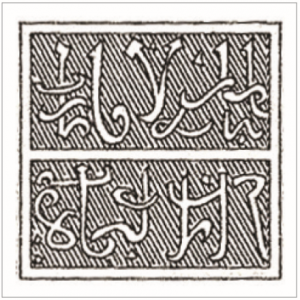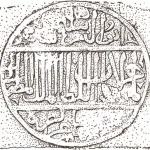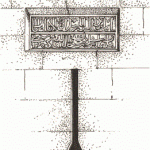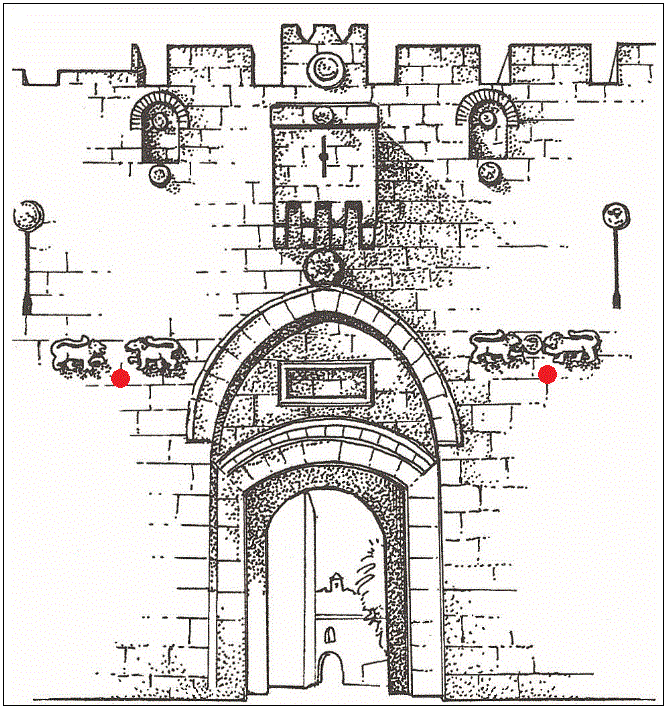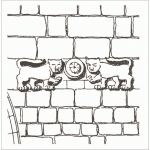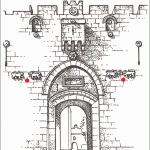Two pairs of lions (in secondary use) are the Heraldic emblem of Mamluk Sultan Baybars. Lions Gate.
God is in the Details
-
Date/PeriodMid-16th century
-
Medium
-
Status
-
Tags
-
Glossaries
-
More Items for Glossary Motif
